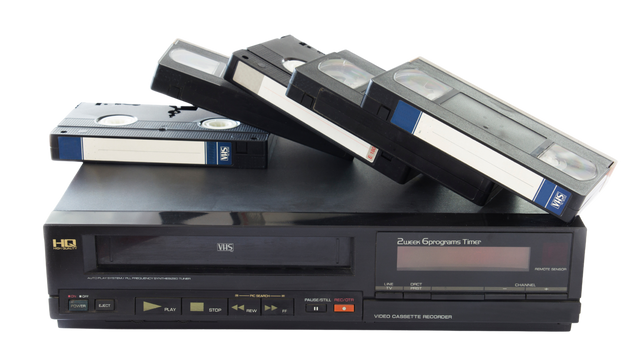What Happens When a DVD Gets Scratched?
Scratches on a DVD can interrupt playback, distort audio and video, or even make the entire disc unreadable. What’s frustrating is how unpredictable it can be—one disc might skip a single scene, while another won’t play at all.
Whether your disc holds a wedding video, home movies, school project, or important data backup, a scratched DVD can feel like a locked box you no longer have the key to.
Can You Fix a Scratched DVD at Home?
You’ve probably heard some DIY suggestions—like toothpaste, bananas, or rubbing alcohol. But while these hacks might reduce minor scuffs on a very lightly damaged disc, they can also make the problem worse if you're not careful.
Most home remedies don’t actually repair the data layer of the DVD, which is where your information lives. A better option is to explore a DVD data recovery service that can read past the damage using professional-grade equipment.
What Files Can Be Recovered from a Scratched DVD?
If the disc isn’t physically cracked through, there’s a good chance that your data still exists. Common files found on DVDs include:
-
Home videos in .VOB, .MP4, or .AVI formats
-
Saved photo slideshows and family films
-
Backups of documents, music, or software installs
Even if the disc won’t play, professional recovery tools can scan, rescue, and rebuild readable files—then deliver them in modern formats.
If your disc was a movie or camcorder recording, you can use a DVD to digital service to make the content easy to store, stream, and share.

Why Choose a Professional DVD Recovery Service?
While some software can help with minor read errors, badly scratched DVDs often require special equipment to bypass unreadable sections without damaging the disc further.
At Heirloom, recovered files are returned using secure cloud storage for your memories—avoiding the risk of yet another unreadable DVD or USB.

📬 Want more tips like this?
Subscribe to Heirloom emails to learn how to preserve your priceless memories.
Get discount codes for expedited shipping, quality digitizing, and secure cloud storage.
We never spam, and it’s easy to unsubscribe at any time.



